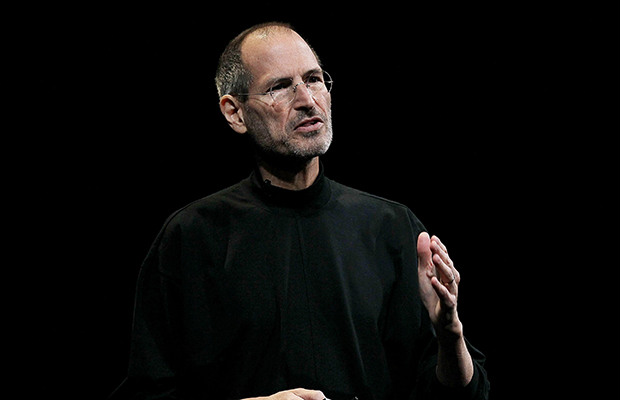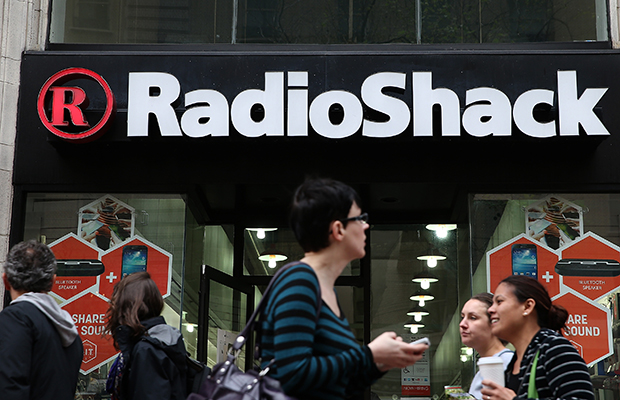The advent of social media has injected a new lease of life into the industry, and the hunt for marketing executives has intensified as firms attempt to redress the imbalance. According to data compiled by CareerBuilder, on average 34,613 unique marketing executive jobs were posted every month of 2014, whereas only 11,617 hires were made. At $57.42, the career is also the best paid of the roles contained in the report.
Software Developer
For the second year running, software developer roles are expected to see the highest growth of any occupation in IT. The figures show that the number of roles expanded at a rate of 15 percent through 2010 and 2014, and, of the 52,700 average monthly openings, only 31,616 hires were made. The opportunities are so great even, that policymakers are pushing to teach programming in schools throughout the US.
Registered Nurse
Nursing has been flaunted as a promising career choice for years now, and recent studies show that proponents have been justified in doing so. The Bureau of Labour Statistics predicts that the employment of registered nurses will climb 26 percent in the ten years through 2020, and the occupation thrived even through the worst of the recession. In 2014 over 2.7 million registered nurses were employed, with a median hourly wage of $32.51.
Industrial Engineer
There are currently around 1.6 million engineering jobs in the US, and chief among the unfilled positions is industrial engineer, where in 2014 the average gap between supply and demand sat at over 21,000 each month. Opportunities in engineering are plentiful across the board, and in the period through 2010 and 2014 job growth for the vast majority of related professions has been in the double digits.
Truck driver
Similarly to last year, there is another truck driver shortage, with many Americans unwilling to spend weeks away from home in return for median hourly earnings of only $18.37. Of the occupations that don’t require a college degree, the gap between job postings and hires, at 110,498, was by far the greatest for truck drivers. Yet still, over 1.8 million positions were filled in 2014, and millions more lie unfilled.








